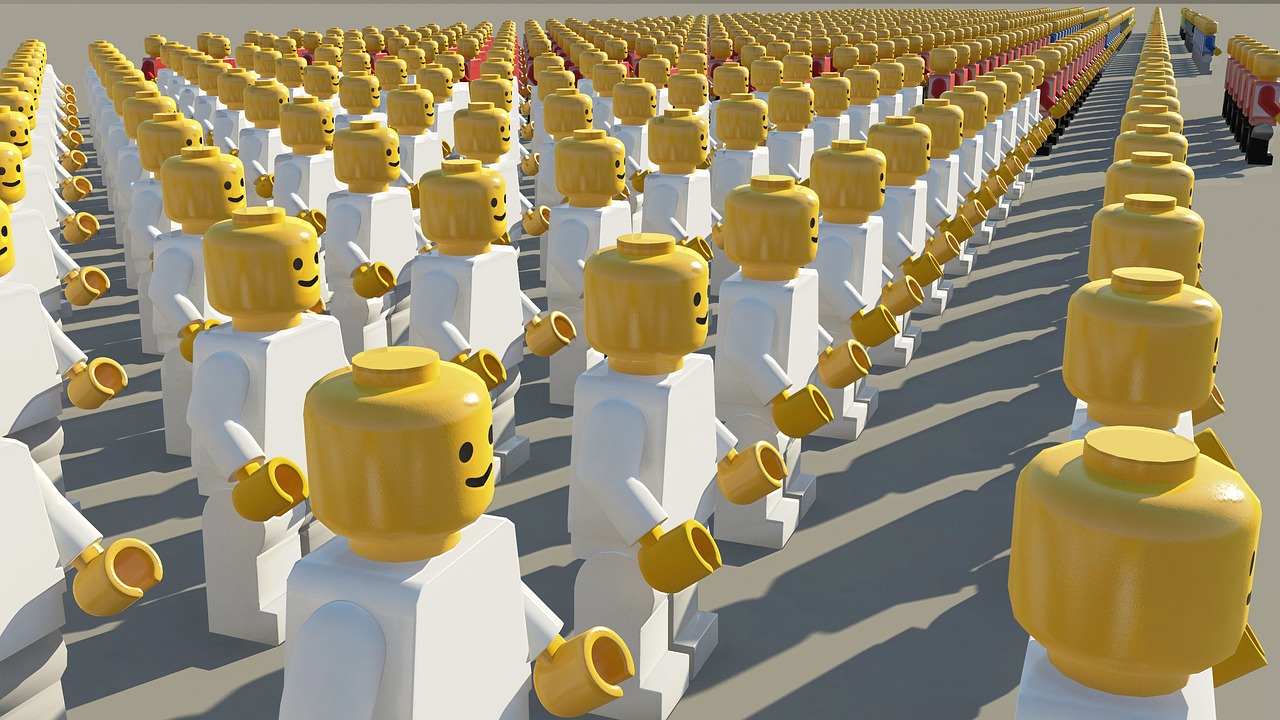One of the things that fascinates me is how unique we believe ourselves to be, and, systemically speaking at least, how similar we really are.
I work with complex human systems (groups, teams, organizations, etc.) in times of transition. Change needs to happen, and they want to do it gracefully. Or change has happened, and they want to cope with the carnage. Or change is happening, no one is really paying attention to it, and the organization is degrading, day by painful day. But change is inevitable, and I am engaged, proactively or reactively, to de-risk the human risks associated with the change.
And I’ve lost track of the number of times I’ve been warned that “we’re different.”
“Doctors are different.”
“Lawyers are different.”
“Indian chiefs are different.” (Before you send the inevitable angry commentary, I’m part First Nations myself, so be careful what you say!)
And it’s not just what people DO that makes them think they are unique – it’s also, for some reason, where they live.
“Have you ever worked in Saskatchewan before?”
“We do things differently in Quebec.”
“Do you understand the East Coast way of thinking?”
I accept one fact: every situation, from a content point of view, is fundamentally different. It warms the cockles of my heart though, to know a second fact: that people…are people…are people. The way to work effectively and humanely with a human system? It never actually changes.
Some fundamentals of human nature, as I’ve learned them:
- People WANT to do a good day’s work. There are very few people who get up wanting to kick the dog, scowl at everyone around them, and do nothing all day and get paid for it. I will admit there are a few, but when you work at a whole-system level, and you do it effectively, you can render those few effectively powerless. And while you are doing that, you can honestly ask everyone else in the system to step up and do something amazing – and if they trust you, they will.
- People want to understand that things are FAIR. For this, they need context. They need to understand not just the what or the how of change – they need to understand why. Explaining why is not a defensive activity – unless you are screwing your clients – in which case it should be. But if you are working in service of your clients, then the changes you make will adhere to common sense – what do we need to do to work in the best interests of the ultimate client? – and all of those who work with you will see the fairness in the change process, in the decisions and the actions. Tell them why. It’s the way to get buy-in and engagement.
- TRANSPARENCY is hard as hell when you start, but my god, it makes things easier. Transparency isn’t just about fairness, although that’s a good chunk of it. Transparency engages in a way that nothing else can. If you are fully collaborative, then you are fully transparent. If you are not fully transparent, you simply cannot be fully collaborative.
- Many heads are ALWAYS smarter than one. I tire of reading about super-heroes being hired to lead or to turn around organizations. Our fascination with gods and super-heroes knows no bounds, apparently, and our joy in striking them down when they inevitably display humanity is tiresome as well. The Wisdom of Crowds folks; it’s not just about guessing the weight of a fully-dressed steer – it’s also about determining the most effective future state for your complex organization. And really, it ain’t all that difficult to do.
Why do these thoughts come up for me just now? It’s because of my latest client engagement. I went to do a strategic plan. On another continent. In a brand new (for me) industry. In a “third world” country. Where a CEO is more typically seen as a benign dictator than a top-level strategic manager (come to think of it, many first-world CEOs are seen that way as well). Where the working-level employees are typically unaccustomed to having a voice. Where I didn’t even share a common LANGUAGE with most of the participants.
We worked together for a week. We created a useful intention question – what do we need to do to work toward a future state that we see as compelling, that our clients will see as compelling? We created an open space, where everyone became equal. We shared information freely and broadly. We asked everyone – and everyone had an equal voice – what specific actions do we need to undertake in order to begin to realize the answer to that intention question. We action planned – with everyone having the right to question into any of the plans, in the best interests of the organization and of the clients. And we found common ground. We found new ways forward. We developed eight action plans, in the eight key areas where they believed action was most necessary for useful change to occur. But beyond anything written on paper, we forged bonds of trust, of openness, of empathy and compassion that simply had not existed before.
They were delighted. So was I. For reasons that were simply opposite sides of the same coin. For them, a brand new way of working that was empowering for all, that made them, their work, and the outcomes they created far more compelling. For me, further proof that there is a common way of approaching work. If that path is invoked with open curiosity and a good heart, it is always the way.
For all of our seeming differences, and the different challenges we face…
People…are people…are people. And the thought delights me.

